The squat is a fundamental exercise that has stood the test of time, praised for its ability to build strength, improve mobility, and enhance overall athleticism. Whether you’re a fitness enthusiast looking to improve your performance or a beginner striving for a stronger physique,, mastering the squat is essential. In this blog, we will delve into the mechanics of the squat, its benefits, and provide a step-by-step guide on how to perform it correctly to maximize results and minimize the risk of injury.
The squat
The squat is a foundational exercise that offers numerous benefits, ranging from increased strength and power to enhanced mobility and functional fitness. By following the correct form and technique, you can maximize the effectiveness of squats while minimizing the risk of injury. Remember to start with lighter weights, focus on proper form, and gradually increase the load as you become more comfortable and proficient. So, whether your goal is to build strength, improve athleticism, or enhance overall fitness, the squat is a valuable exercise that shouldn’t be overlooked. Start squatting and unlock the potential of your lower body!
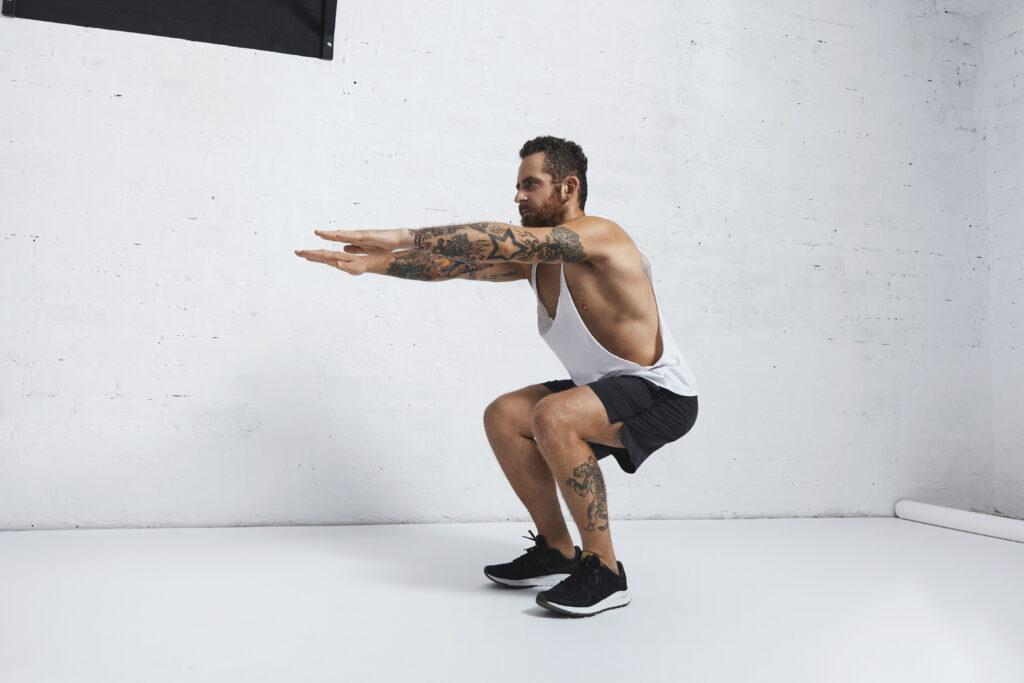
The squat primarily targets the muscles of the lower body, including the quadriceps, hamstrings, glutes, and calves. Additionally, it engages the core muscles, erector spinae (back muscles), and stabilizer muscles to maintain balance and control throughout the movement.
Benefits of squats
The squat offers a wide array of benefits for people of all fitness levels. Here are some key advantages of incorporating squats into your workout routine.
Squats are a highly effective exercise for building lower body strength. They target major muscle groups such as the quadriceps, hamstrings, and glutes. By regularly incorporating squats into your workout routine, you can experience increased strength and power in these muscle groups.
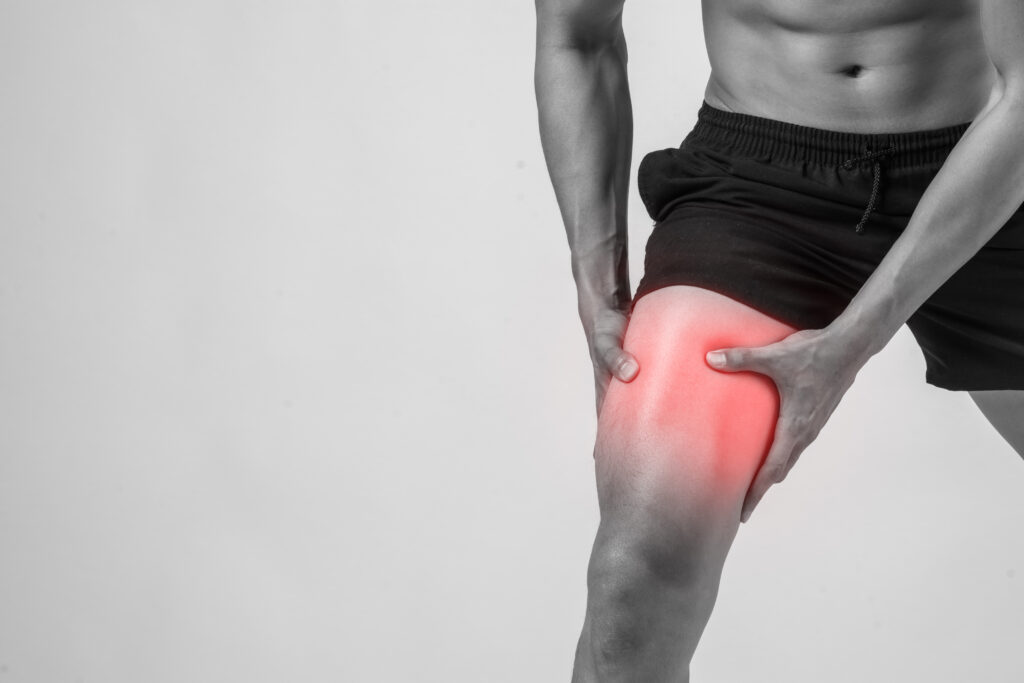
In addition to developing lower body strength, squats also contribute to core strength and stability. As you perform squats, your core muscles work to stabilize your body throughout the movement. This engagement of the core muscles not only helps you maintain proper form but also enhances your overall core strength.
If you’re looking to burn calories and shed excess weight, squats can be a valuable addition to your fitness routine. Squats are a compound exercise, meaning they involve multiple muscle groups working together. This recruitment of various muscle groups during squats leads to increased calorie expenditure, making them an effective exercise for weight loss and body composition goals.
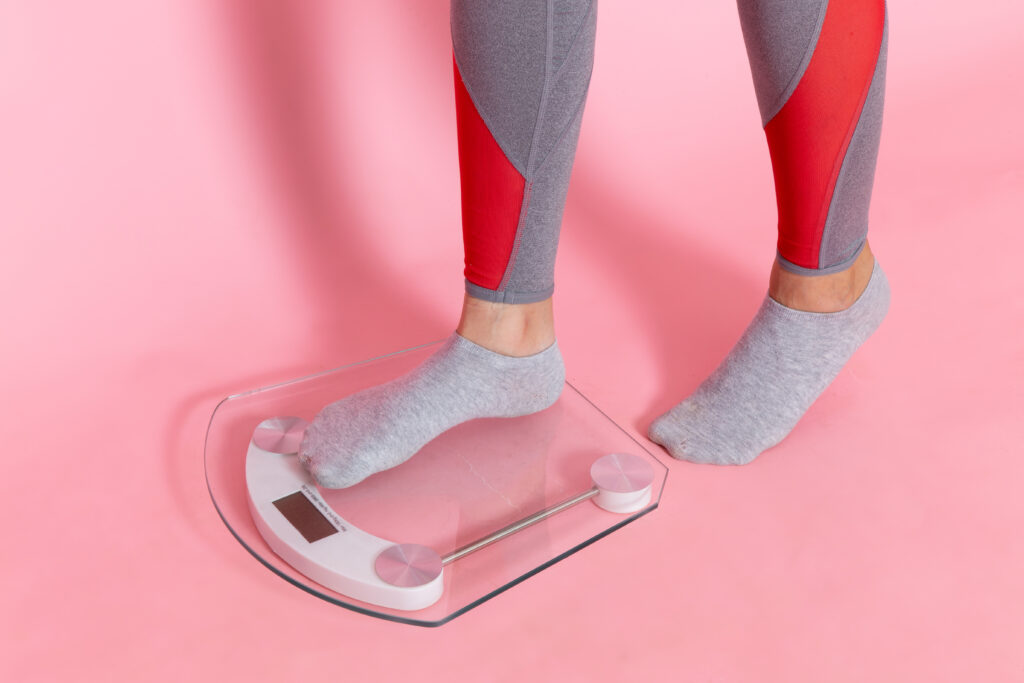
Furthermore, squats contribute to improving bone density. As a weight-bearing exercise, squats put stress on your bones in a controlled manner. This stress stimulates bone growth and helps to maintain and improve bone density. Regularly performing squats can contribute to the prevention of conditions such as osteoporosis and support overall bone health.
Performing the squat
Now that we understand the importance and benefits of squats, let’s dive into a step-by-step guide to performing the exercise correctly:
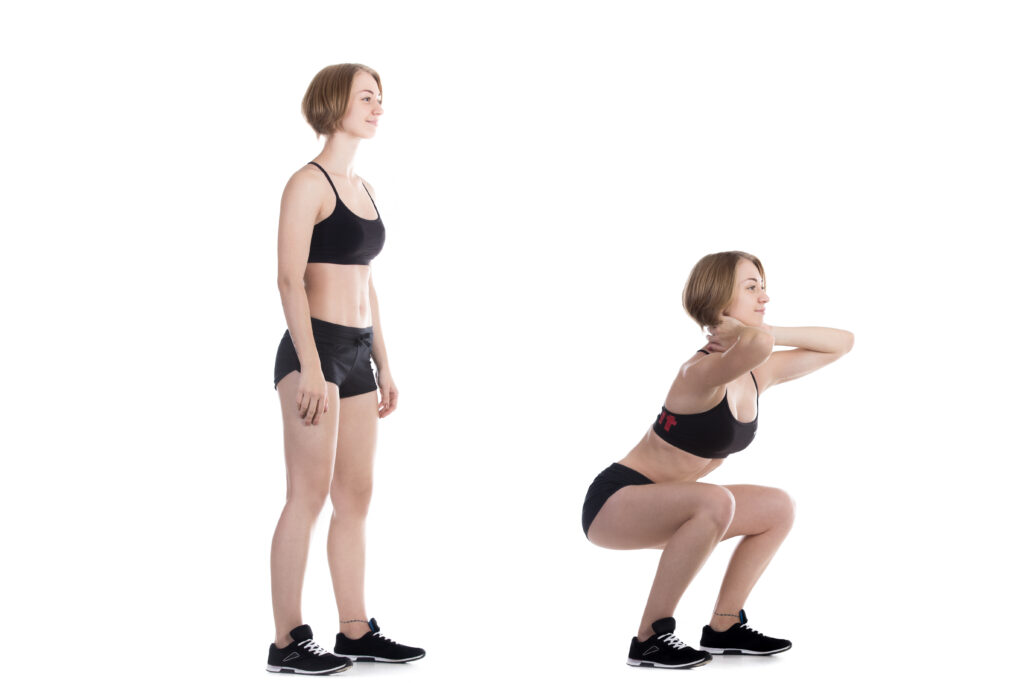
Starting position
- Stand with your feet shoulder-width apart or slightly wider.
- Point your toes slightly outward, maintaining a comfortable and stable stance.
- Keep your head and chest up, and engage your core muscles for stability.
Descent
- Initiate the movement by bending at the hips and knees simultaneously.
- Push your hips back as if you are sitting back into an imaginary chair.
- Keep your weight balanced on your heels throughout the movement.
- Maintain a neutral spine by keeping your chest up and your back straight.
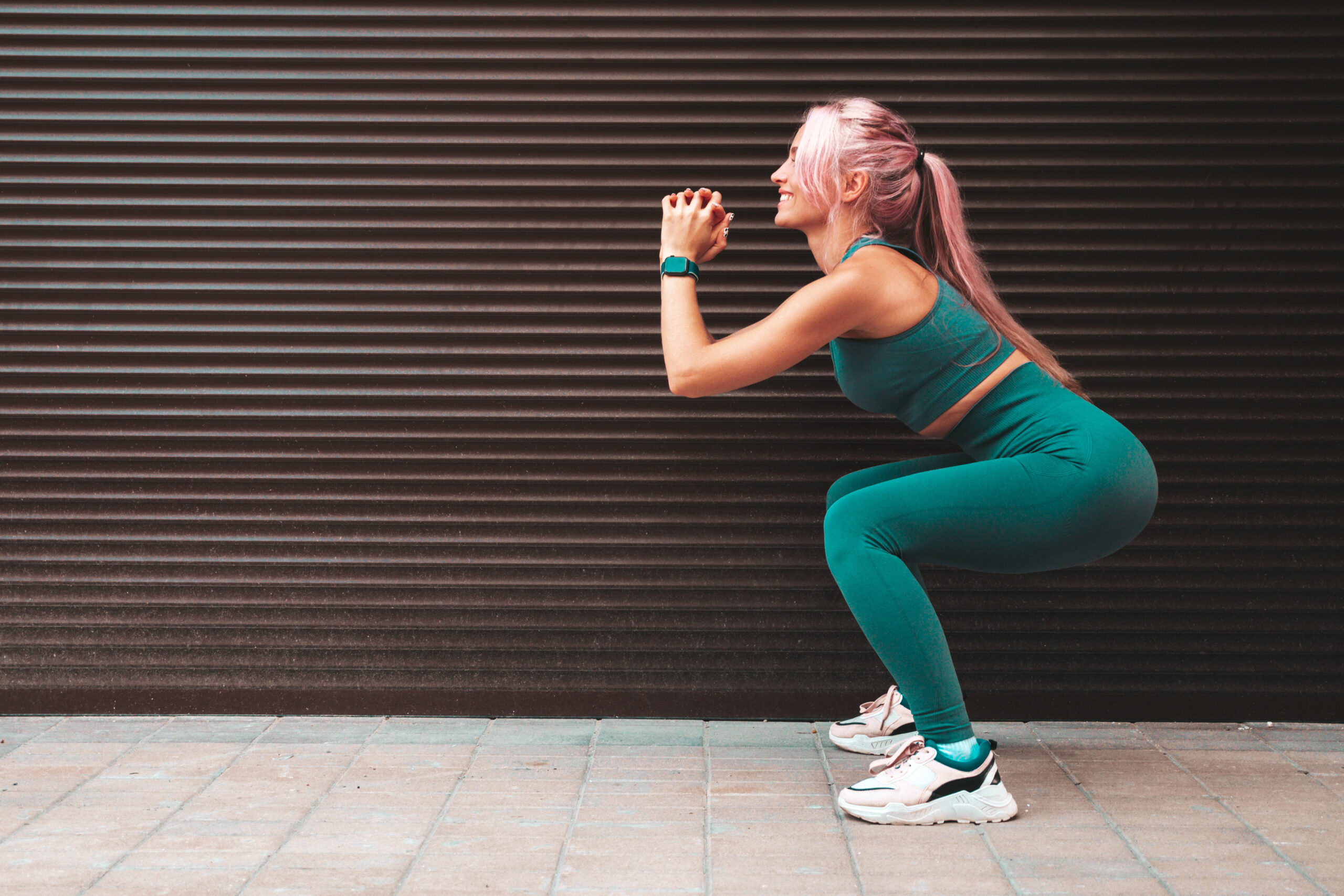
Depth
- Lower your body until your thighs are parallel to the ground or slightly below.
- Aim to achieve a 90-degree angle at your knees, ensuring they do not extend beyond your toes.
- Keep your knees aligned with your toes, preventing them from collapsing inward.
Ascent
- Push through your heels to extend your hips and knees simultaneously.
- Maintain control and avoid locking your knees at the top of the movement.
- Engage your glutes and leg muscles as you rise back to the starting position.
Safety considerations
- If you have any existing knee, hip, or back issues, consult with a fitness professional or physical therapist before performing squats.
- Start with bodyweight squats or lighter weights to ensure proper form before progressing to heavier loads.
- Warm up adequately before squatting to prepare your muscles and joints for the exercise.

Different forms of squats
Squats are a versatile exercise that can be modified and varied to target specific muscle groups or add intensity to your workouts. Here are some different forms of squats that you can incorporate into your training routine.
Goblet squats
Goblet squats are an excellent variation for beginners or those who want to work on their squat form. Hold a dumbbell or kettlebell close to your chest with both hands, squat down, keeping your chest up and core engaged. Goblet squats help improve your squat mechanics and build lower body strength.

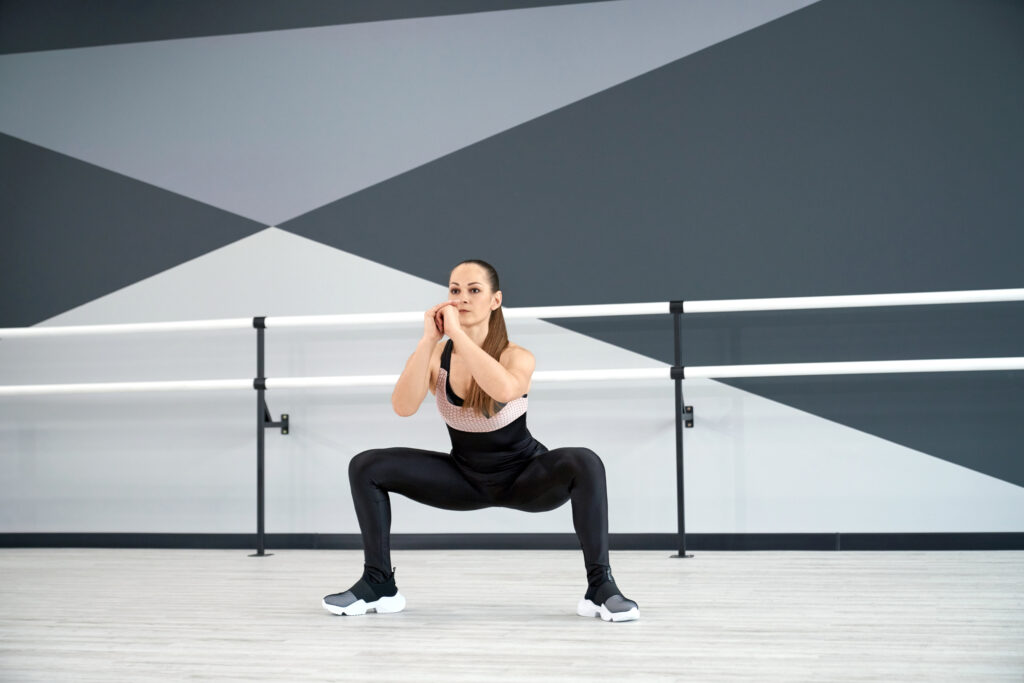
Sumo squats
Sumo squats target your inner thighs and glutes to a greater extent. Stand with your feet wider than shoulder-width apart, toes pointing outwards at an angle. Lower your body into a squat position, keeping your knees in line with your toes. Sumo squats activate different muscle fibers in your legs and add variety to your routine.
Bulgarian split squats
Bulgarian split squats are a unilateral exercise that targets each leg individually. Stand a few feet in front of a bench or step, lift one foot and place it on the bench behind you. Lower your body down into a squat position, ensuring your front knee stays in line with your toes. Bulgarian split squats help improve balance, stability, and strengthen the quadriceps and glutes.
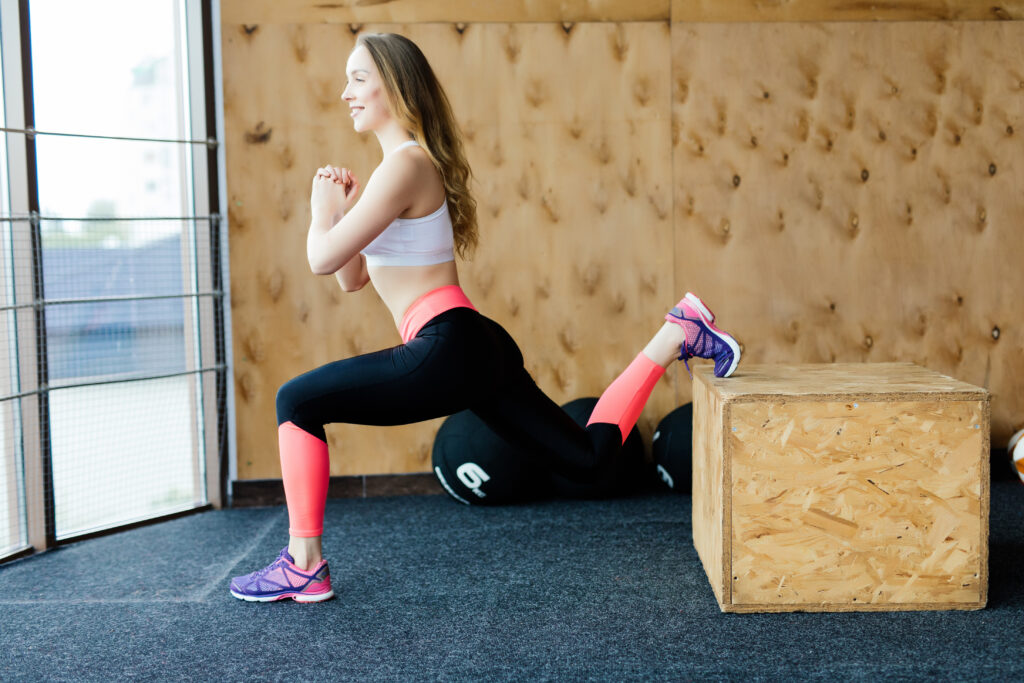
Workout with Fit at Home
If you want to lose weight and achieve your goals, squats alone are not enough. Add this to your training routine. Do you want to achieve your goals but don’t feel like going to the gym or don’t have the time? With Fit at Home you never have to go to the gym to do a workout ever again! Do you want to lose weight or work on your core? It’s possible from the comfort of your own home! The Fit at Home app is available 24/7 on-demand. Of course you can also use Fit at Home online on your smartphone, tablet or laptop.
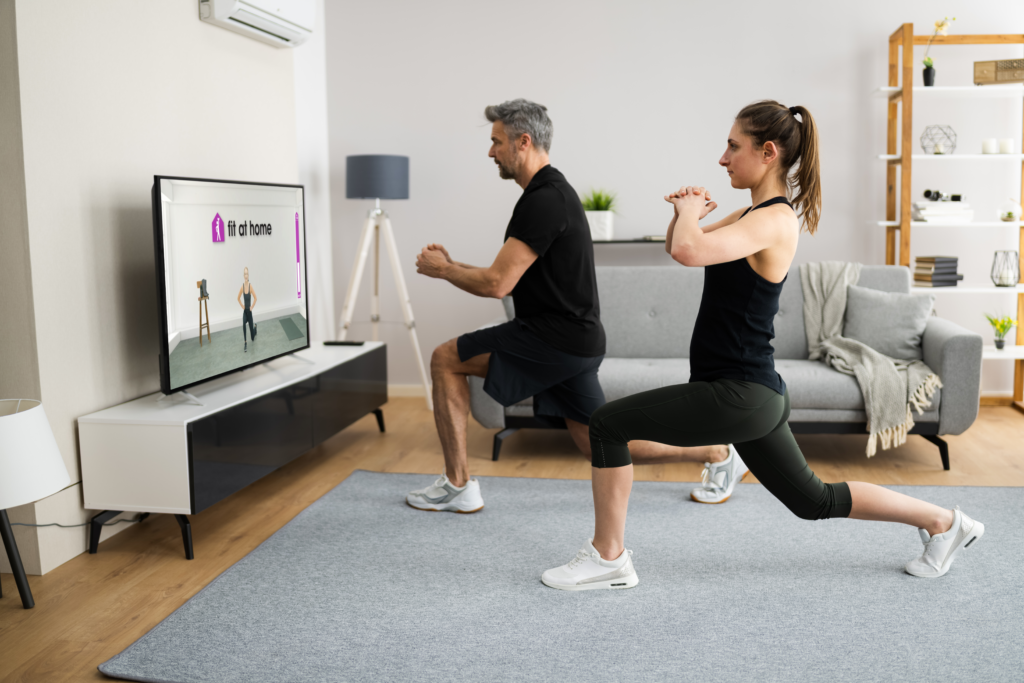
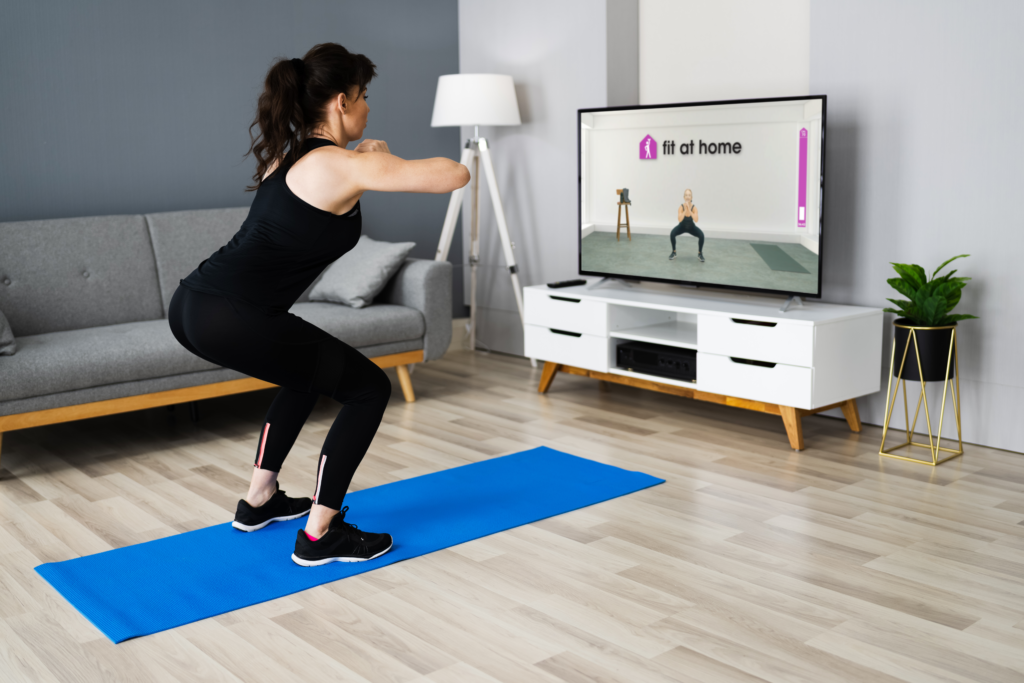
Do you have a Fit at Home subscription, but do you need extra motivation? Our SMS notification service is the answer! You’ll receive a text message from your personal trainer when you haven’t done your workout in a few days. This reminder will make sure you keep motivated to do your workouts regularly.
We offer various workouts from different trainers. In addition, these workouts are for the whole family, whether you’re looking for a fun workout for children, a safe workout to do during pregnancy, or if you’re in need of meditation.
With Fit at Home, you can lose weight with just three 20-minute workouts per week. So, what are you waiting for? Sign up and become the fittest version of yourself!
Squats offer a wide range of benefits
The squat is a compound exercise that engages multiple muscle groups simultaneously, making it one of the most effective and functional movements you can incorporate into your fitness routine. Whether you’re a professional athlete, a fitness enthusiast, or someone looking to improve their overall health and strength, squats offer a wide range of benefits. Let’s explore some of the key advantages of including squats in your exercise regimen:
- Builds lower body strength: Squats primarily target the muscles in your lower body, including the quadriceps, hamstrings, glutes, and calves. By performing squats regularly, you can develop significant strength in these muscle groups, which is crucial for various activities such as running, jumping, and lifting.
- Enhances core strength: While squats primarily target the lower body, they also engage the core muscles, including the abdominals and lower back. These muscles work together to stabilize your spine during the movement, resulting in improved core strength and stability.
- Promotes functional movement: Squatting is a fundamental movement pattern that mimics actions performed in everyday life, such as sitting down and standing up. By practicing squats, you improve your ability to perform these activities with greater ease and efficiency.
- Increases athletic performance: The explosive power generated during a squat transfers to various sports and athletic activities. Whether you’re sprinting, jumping, or participating in team sports, the lower body strength and power developed through squats can significantly enhance your performance.
- Enhances muscle development: Squats are renowned for their ability to stimulate muscle growth. By engaging multiple muscle groups simultaneously, squats promote an anabolic environment in the body, leading to increased muscle mass and improved muscle definition.
- Boosts metabolism: Due to the large muscle groups involved, squats have a high metabolic demand. Performing squats can increase your metabolic rate, leading to more calories burned during and after your workout. This can be beneficial for weight loss or weight maintenance goals.
- Improves joint health and stability: Squats help strengthen the ligaments, tendons, and surrounding muscles of the knees, hips, and ankles. This increased stability can reduce the risk of injuries and enhance overall joint health.
- Enhances bone density: Resistance exercises, including squats, have a positive impact on bone health. Squats subject the bones to mechanical stress, which stimulates the body to increase bone mineral density, reducing the risk of osteoporosis and improving overall bone strength.
- Improves posture and balance: Squats require proper alignment and posture, which helps develop a strong and stable spinal position. Regular squatting can improve your overall posture and balance, reducing the risk of injuries and promoting better movement patterns.
- Increases flexibility: Squats require a good range of motion in the hips, knees, and ankles. Regular practice can improve your flexibility in these areas, enhancing your overall mobility and reducing the risk of muscle imbalances and limitations in movement.
- Enhances cardiovascular fitness: Squats can be performed in high-intensity interval training (HIIT) workouts or as part of a circuit training routine. When incorporated into a cardiovascular workout, squats can increase heart rate and provide cardiovascular benefits.
- Mental and emotional well-being: Like any form of exercise, squats release endorphins, the feel-good hormones that promote a positive mood and reduce stress and anxiety. Regular squatting can contribute to improved mental and emotional well-being.
Squats offer a multitude of benefits for people of all fitness levels. From building lower body strength and muscle mass to improving joint health, posture, and cardiovascular fitness, squats are a versatile and effective exercise. So, incorporate squats into your workout routine and unlock the transformative power they hold for your overall health and fitness.